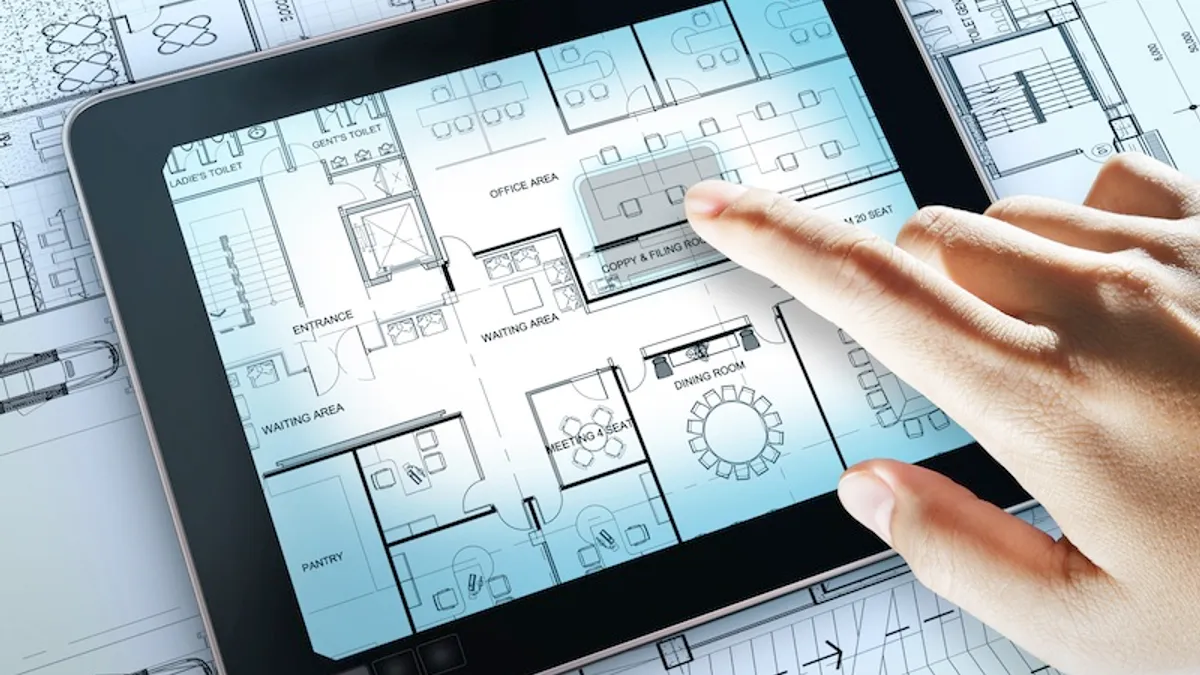Dive Brief:
- The Architecture Billings Index closed out 2016 with its strongest performance of the year, finishing in December at 55.9, up significantly from November's score of 50.6, the American Institute of Architects reported Wednesday. The ABI is an indicator of future construction spending — with a lead time of nine to 12 months — as design services typically lead to new projects.
- Within the index, commercial/industrial had the highest score at 54.3, followed by institutional at 53.3, mixed-practice at 51.9 and multifamily residential at 50.6.
- December marked the third-consecutive month of increased demand for design services, while the new projects inquiry index dipped to 57.2, down slightly from its score of 59.5 in December. Any ABI score above 50 indicates a hike in billings.
Dive Insight:
The report comes as November saw the highest level of construction spending since April 2006, with growth in all three major sectors — public, residential and nonresidential — signaling the industry's strength at the end of 2016. While overall spending numbers for 2016 lagged behind economists' predictions, industry experts are cautiously optimistic about construction growth in the following months.
While last month's ABI report pinned recent months of slowed design activity and stalled projects to uncertainty surrounding the outcome of the presidential election, the AIA didn't mention President-elect Donald Trump in this month's report — effectively avoiding any attribution of the ABI's uptick to his campaign victory.
In December, AIA Chief Economist Kermit Baker said he hoped the industry would see more clarity in its future as the incoming administration's possible influence on the economy and the construction industry itself became more concrete. The organization has previously noted that it is waiting to see the full effects of Trump's transition to the White House reflected in demand for design services.
With this most recent report, a strong end to 2016 could indicate optimism as the industry makes its way into the new year under a new presidential administration. Baker noted in a release that December is an "atypical month," and he expects the next few months to offer a clearer picture of the industry.
With the report's regional and sector figures fluctuating on a three-month moving average, December's numbers still account for some pre-election sentiment. If a Trump bump does emerge, the ABI will reflect those figures in the coming months.
The construction industry has, overall, responded positively to Trump's win, touting his development experience, pledges to cut regulations and a $1 trillion infrastructure plan as boons for business — provided he follows through on his promises.











